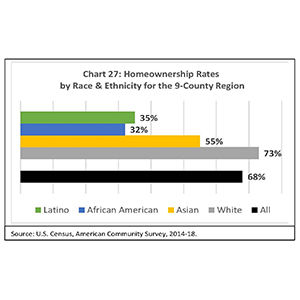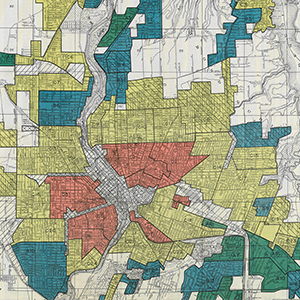Lessons Grade 8

Case Study 1: Restorative Circle
Students will participate in a restorative circle where they will share their background knowledge and experiences with racism, systemic racism, and antiracism. Students will co-create and affirm group norms that will provide the framework for how to discuss racism and explore the way it has shaped our lives and community. This is also an opportunity for the teacher to understand more completely student sensitivity and understanding regarding issues of race and what questions they may have. The discussion can also inform next steps and how to introduce the boxing protocol and the primary source analysis.
Download Resources:
Download Resources:

Case Study 2: Box Protocol – Mystery Source Analysis
Students will explore the racial composition of Monroe County through a structured source analysis of a Mystery Source. This is the first stage of a multi-step instructional strategy referred to as the Box Protocol. This activity is designed to help students practice their source-analysis skills and deepen their understanding of racial segregation today through an analysis of the Mystery Source, a US Census dot map of Monroe County in 2010. The Mystery Source is divided into four quadrants and shown to students one quadrant at a time to spur their thinking. Ultimately students will make a claim (their guess identifying the source) and support it with evidence. Students will then look at data from the “2020 Hard Facts Update on Race and Ethnicity in the Nine-County Greater Rochester Area.” This report provides a variety of data such as income, unemployment, infant mortality rates, and more in Monroe County. Analyzing the data will allow students to draw further conclusions about racism and Monroe County.
Download Resources:
Download Resources:

Case Study 3: Box Protocol – Common Source Analysis
Each student will have a copy of the Common Reading which will focus on redlining and a brief overview of housing segregation through several sources.. The teacher and students will read and analyze the first part of the common reading “Rochester Redlining Map 1938” as well as excerpts from the FHA Underwriting Manual and area descriptions for 4 different neighborhoods. Together, they will analyze the remaining parts of the common reading including an excerpt from the National Housing Act. In their teams of four, students will each be assigned a collaborative role (Capt. Context, Mister E, The Connector, or Credible Hulk) and answer the corresponding questions on the Common Source. When all students have completed the reading a second time independently, they will record information in the Round 2 area of the Box Protocol (instructions on slide 5). As the instructions note, students can record information that helps to clarify the first document (the Round 1 Mystery Source [2010 Monroe County Pop. Map), or information related to the lesson question for the day (“What role did the government play in segregating our community?”), or they can record new information they find interesting or possibly relevant to the general topic of the day. Finally, students will gather in an academic circle and share their observations and inferences about the question for the day and the inquiry question “What challenges did people of color face when they moved to Rochester and how did they resist?”.
Download Resources:
Download Resources:

Case Study 4: Box Protocol – Jigsaw Source Sets Analysis
Students will explore race and equity in Rochester through a structured analysis of four jigsaw source sets. This is the third stage of a multi-step instructional strategy referred to as the Boxing Protocol. This activity is designed to help students practice their source-analysis skills and deepen their understanding of racial segregation and resistance through four sets of sources. All sources are related to specific racist policies in Rochester and/or the people who resisted.
Download Resources:
Download Resources:

Case Study 5: Restorative Circle
Students will explore the ways in which African-American activist Dr. Walter Cooper worked to build a more equitable Rochester community. Students will identify an action strategy from Dr. Cooper’s story to apply to a problem at school or the community in which they live.
Download Resources:
Download Resources: